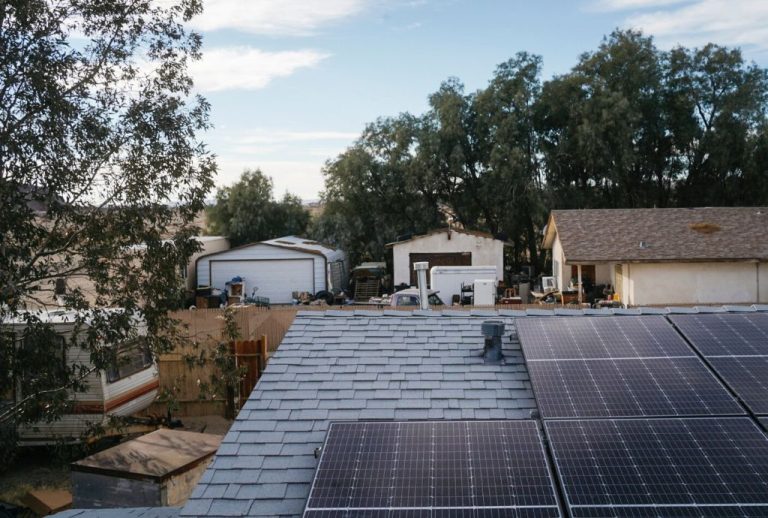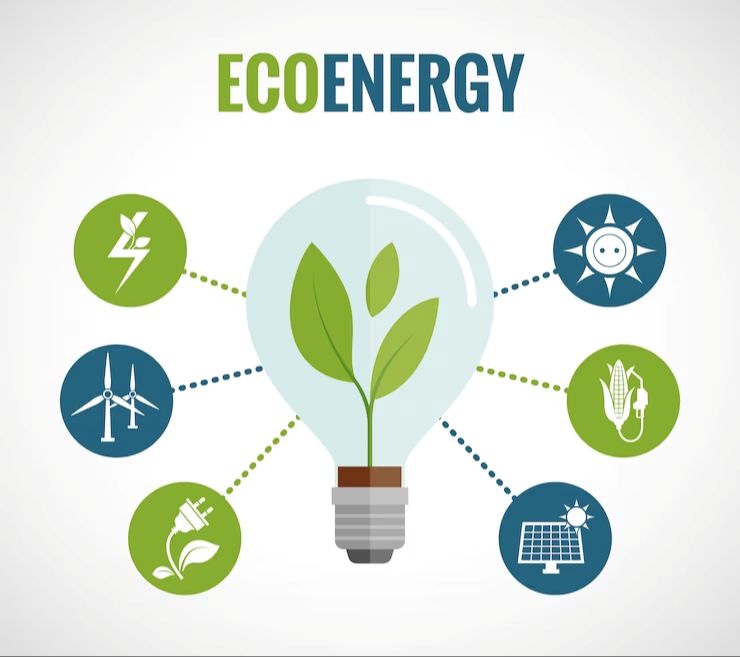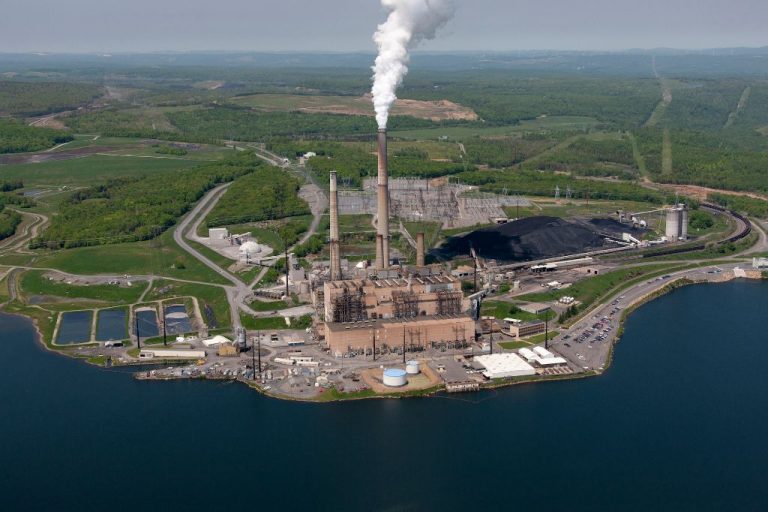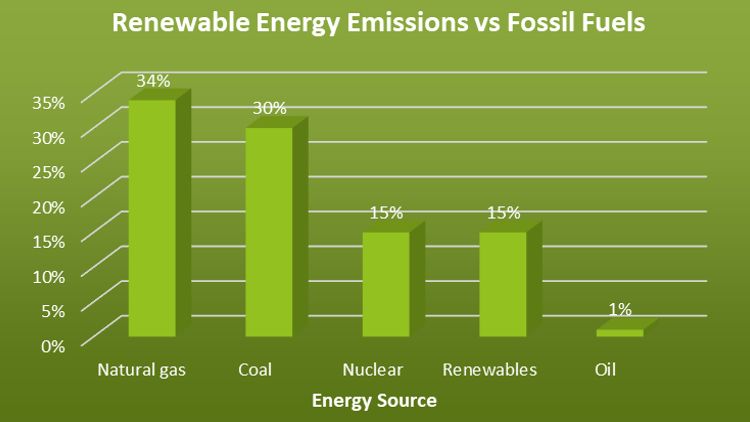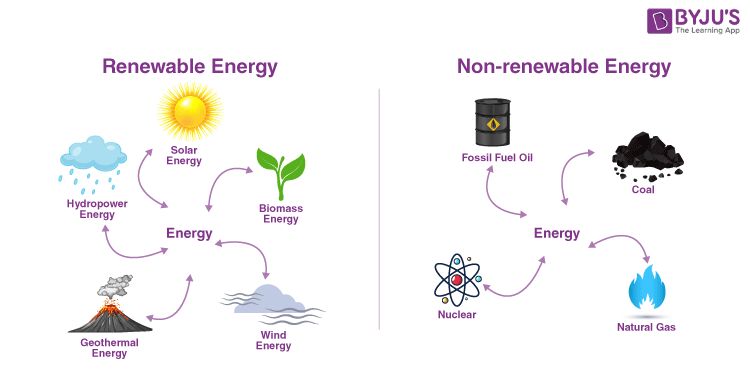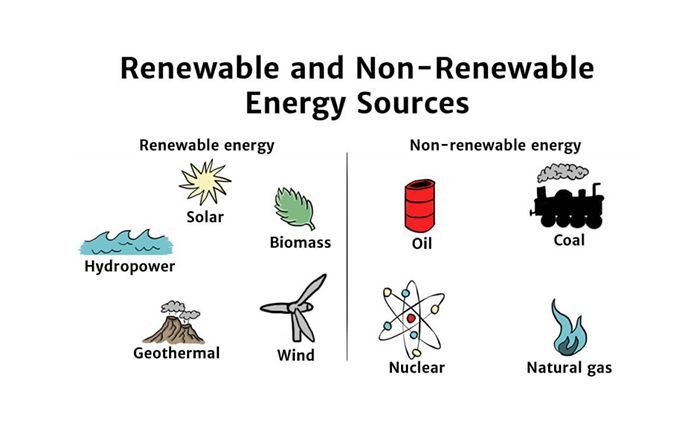What Is The Cheapest Way To Generate Electricity?
Electricity generation and distribution is a crucial part of the modern world. With rising energy demands and concerns about climate change, there is increasing interest in finding the most cost-effective methods of generating electricity. This article will provide an overview and comparison of some of the cheapest ways to produce electricity.
The main methods of electricity generation that will be examined in terms of cost effectiveness are: coal, natural gas, nuclear, hydropower, wind, solar, and geothermal. Each has its own pros and cons in terms of upfront capital costs, fuel costs, capacity factors, and externalities. By evaluating the levelized cost of energy (LCOE) for these technologies, we can get a better sense of which options are the most affordable per unit of electricity generated over the lifetime of the generator.
Understanding the costs dynamics of various electricity sources provides insights into our energy future. A diversity of low-cost, sustainable generation methods will be needed to meet rising electricity demand and reduce greenhouse gas emissions. This analysis aims to shed light on the economics of the cheapest sources available today.
Coal
Coal power plants burn coal to generate steam that spins turbines to produce electricity. Coal remains one of the cheapest ways to produce electricity, costing around 3-4 cents per kWh in 2019 according to EIA data [1]. However, building new coal plants is expensive at around $3,500 per kW of capacity [2]. Coal plants require substantial infrastructure like railroads to transport coal. They also have high emissions of carbon dioxide, sulfur dioxide, and other pollutants. Efforts to implement carbon capture at coal plants adds even more costs. Overall, while existing coal plants are inexpensive to operate, the high capital costs and environmental impacts make new coal plants difficult to justify economically.
Natural Gas

Natural gas power plants use natural gas combustion to generate electricity. The gas is piped directly to the power plant from underground reserves or supply lines. At the plant, the gas is burned in a combustion turbine, which spins a generator to produce electricity. The process involves burning natural gas with air in a gas turbine to spin a generator and create electricity.
According to the U.S. Energy Information Administration, the average cost of electricity from natural gas power in 2021 was around $24.75 per MWh (source). This is equivalent to about 2.5 cents per kWh. Factors impacting the cost include the market price of natural gas, plant construction costs, operating and maintenance costs. The levelized cost of electricity from an advanced natural gas power plant is estimated at around 6.5 cents per kWh (source).
Natural gas tends to have a lower electricity generation cost compared to coal and nuclear power. The primary benefits are abundant domestic supplies of natural gas, low capital costs for plant construction, short construction times, and low operating costs. The main disadvantages are natural gas price volatility and greenhouse gas emissions.
Nuclear
Nuclear power has emerged as a reliable source of low-carbon electricity in many countries. The technology has proven safe and reliable, providing steady baseload power. However, building new nuclear plants can be capital intensive. According to the World Nuclear Association, construction costs for nuclear plants built in Asia and Europe over the past decade have ranged from $2,000 to $6,000 per kilowatt. Total generating costs, including construction, financing, operation, maintenance, fuel costs, and decommissioning, have been estimated to be $97 to $136 per megawatt-hour (MWh) for new nuclear plants (Forbes, 20211). This is comparable to other low-carbon electricity sources like wind and solar. Economics can be improved through large-scale standardized reactor designs, series construction, and technological improvements.
Costs vary significantly depending on the country and specific project. Nuclear plants require high upfront capital costs but have relatively low fuel costs over decades of operation. Government policies like loan guarantees, liability caps, and long-term power contracts can help lower investment risks and costs (World Nuclear Association, 20222). Overall, nuclear power remains economically competitive for baseload low-carbon electricity generation.
Hydropower
Hydropower is one of the least expensive ways to generate electricity in the U.S. and globally. It relies on using water, typically fast-moving water, to turn turbines and generate power. Hydropower comes from damming rivers to create reservoirs, which allows control over the water flow. The water retained in the reservoir creates potential energy, which gets converted to kinetic energy as the water is released through the turbines at high pressure. Large hydropower facilities can generate hundreds of megawatts of electricity through massive turbines.[1]
According to the U.S. Energy Information Administration, hydropower is one of the lowest-cost energy sources, averaging around 0.85 cents per kilowatt-hour. This makes it highly competitive compared to other energy sources like nuclear, coal, and natural gas.[2] Hydropower also has relatively low operations and maintenance costs compared to other energy sources. Once a hydropower dam and infrastructure is built, it can reliably generate large amounts of low-cost electricity for decades with minimal maintenance needed.[3]
While hydropower dams involve massive upfront construction costs, usually billions of dollars, the value of the inexpensive electricity they generate over decades makes these projects worthwhile.[1] Overall, hydropower remains one of the most affordable and reliable ways to generate renewable energy at scale.
[1] https://www.wvic.com/Content/Facts_About_Hydropower.cfm
[2] https://www.enbridge.com/energy-matters/energy-school/is-hydroelectric-power-economical
[3] https://www.hydroreview.com/business-finance/hydropower-remains-the-lowest-cost-source-of-electricity-globally/
Wind
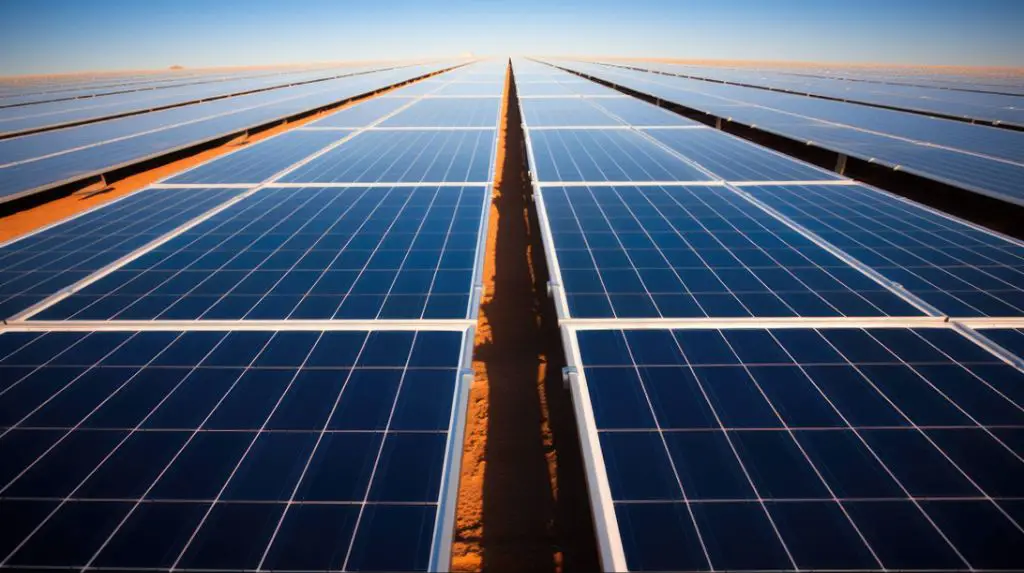
Wind power harnesses the wind to generate electricity using large wind turbines. In recent years, the cost of wind power has declined dramatically, making it one of the most affordable renewable energy sources.
According to the U.S. Department of Energy, the national average price for wind power purchase agreements dropped below 2 cents per kilowatt-hour in 2019 (source). This makes wind highly competitive with other electricity generation technologies like coal and natural gas.
The average installed cost for onshore wind projects in 2021 was around $1,500 per kilowatt, down from around $1,770 per kilowatt in 2015 according to a 2022 DOE report (source). Advances in wind turbine technology, improved manufacturing capabilities, lower raw material costs, and optimized wind project development have all contributed to the cost declines.
Overall, wind energy represents one of the most cost-effective options for new electricity generation capacity in many parts of the United States and the world. With further cost reductions anticipated, wind looks poised to be an affordable clean energy solution into the future.
Solar
Solar energy comes directly from the sun and is converted into electricity through the use of photovoltaic solar panels. Solar panel systems have dropped significantly in price in recent years, making solar one of the most affordable options for generating electricity. According to the U.S. Department of Energy’s SunShot 2030 initiative, costs for residential solar have dropped from $0.52 per kWh in 2010 to $0.16 per kWh in 2020.

The average cost to install solar panels on a home is around $20,000 before incentives, with most systems ranging between $17,000 – $24,000 depending on system size and location. However, with federal and local incentives, the out-of-pocket cost for homeowners can be much lower. Solar panel systems can provide electricity at around $0.06 – $0.08 per kWh over the system’s lifespan, which is competitive with utility rates in many parts of the U.S. While solar has a higher upfront investment than some other electricity sources, the fuel is free and abundant, and over 20-30 years solar panels can provide very low cost electricity.
Geothermal
Geothermal power plants use steam or hot water from geothermal reservoirs deep within the Earth to produce electricity. Wells are drilled into underground reservoirs to pump steam or hot water to the surface. The steam rotates a turbine that activates a generator, which produces electricity.
Geothermal power costs between 7.8-22.5¢ per kWh, with operating costs ranging from 1-3 cents per kWh. The high capital costs of $2,500-4,500 per kW installed make geothermal expensive initially, but low operating costs make it cheaper over time. The U.S. has an installed geothermal capacity of 3.7 GW, producing 16 TWh annually.
According to the Center for Sustainable Systems, geothermal plants qualify for the federal Production Tax Credit (PTC) to offset costs.
Comparison
When comparing the costs of different electricity generation methods, several factors need to be considered. These include capital costs to build power plants, fuel costs, operations and maintenance costs, financing costs, and capacity factors that measure how often plants produce electricity.
According to the U.S. Energy Information Administration (EIA), among utility-scale electricity generators, natural gas-fired plants are currently the cheapest option. They have lower capital costs compared to coal, nuclear, or renewable sources. The increased domestic supply of natural gas has also kept fuel prices relatively low in recent years.
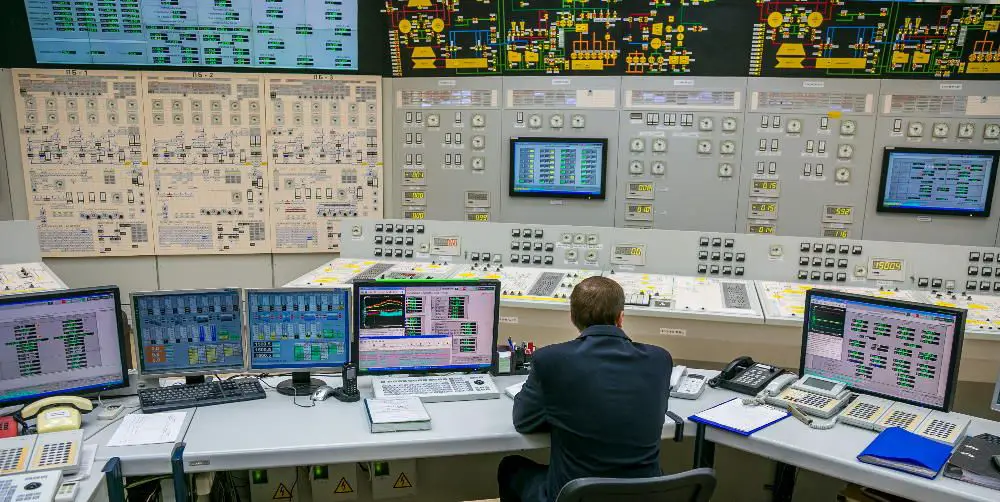
Coal-fired power is inexpensive to operate, but capital costs are significant. The levelized cost for new coal plants ranges from $65-150 per MWh, making it more expensive than natural gas.
Nuclear power has very high capital costs, though the fuel costs are low. The levelized costs for nuclear plants are between $112-189 per MWh.
Among renewables, hydropower and onshore wind are the most cost-competitive options. Hydropower’s levelized costs range from $29-81 per MWh, while onshore wind costs $26-54 per MWh. Utility-scale solar photovoltaics (PV) is higher at $32-53 per MWh, but costs have declined dramatically in the last decade.
Based on recent projections, onshore wind and solar PV are likely to have lower average costs than new natural gas plants. Offshore wind and geothermal remain more expensive than other options.
Conclusion
When considering the cheapest options for generating electricity, wind and hydro power emerge as two of the most cost-effective renewable energy sources. Though their upfront costs can be high, they require virtually no fuel to operate once installed, giving them low operating and maintenance expenses. This allows their electricity to be produced at very low marginal costs over their long lifespan. They are also both proven technologies that are widely used around the world.
Natural gas and nuclear power can also provide cheap electricity due to their low fuel costs and high capacity factors. However, the price of natural gas can fluctuate, while nuclear requires very high upfront investments. Coal continues to be one of the cheapest ways to produce electricity, but comes with significant environmental costs that are not always reflected in its market price. Overall, a combination of hydro, wind, natural gas, and nuclear tends to provide the most affordable and reliable electricity with the lowest carbon emissions.

